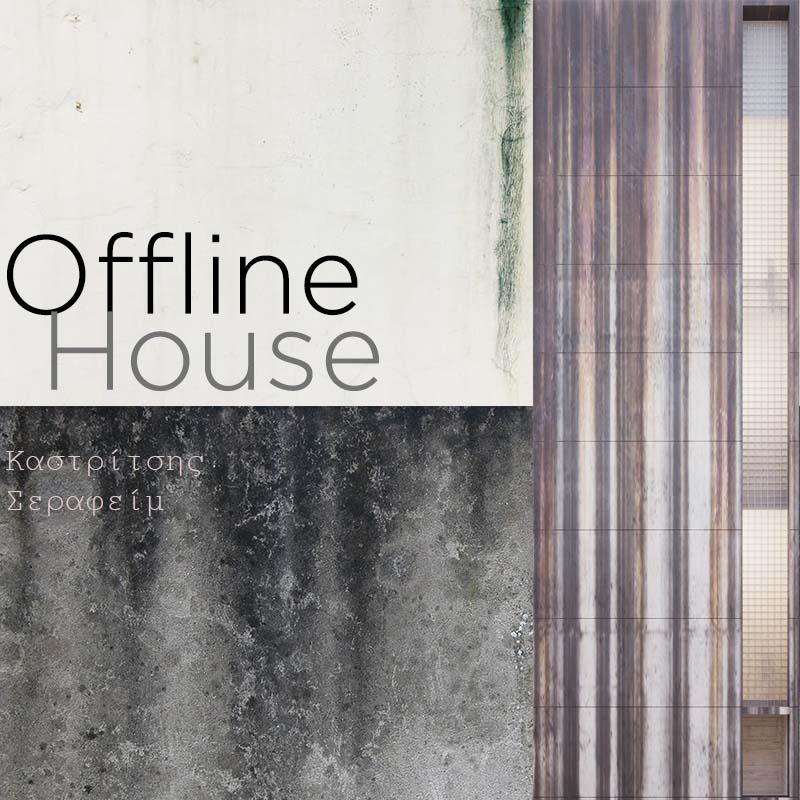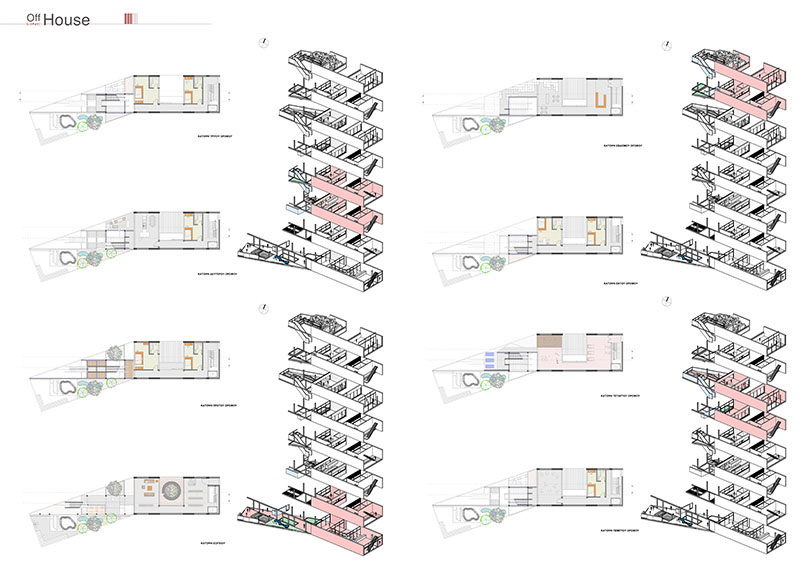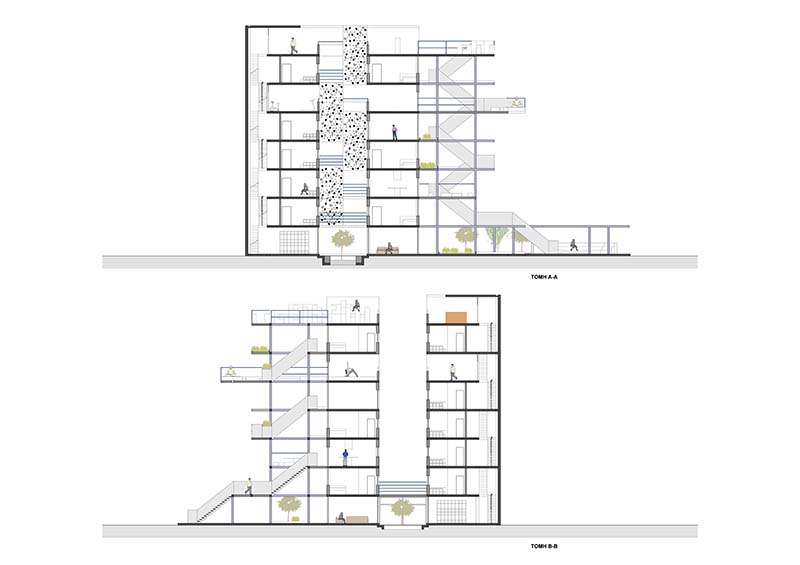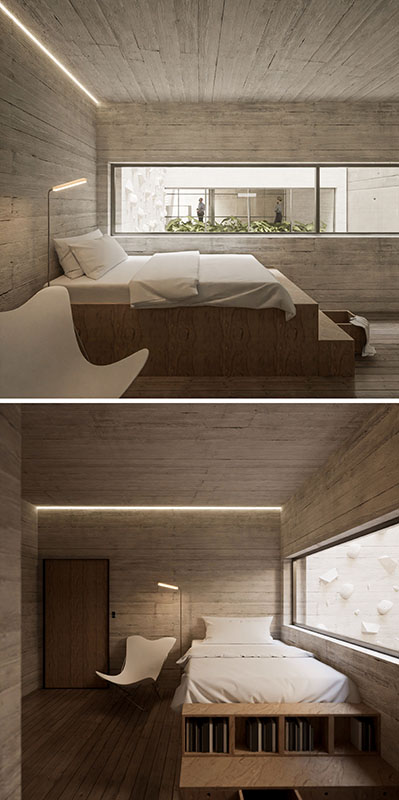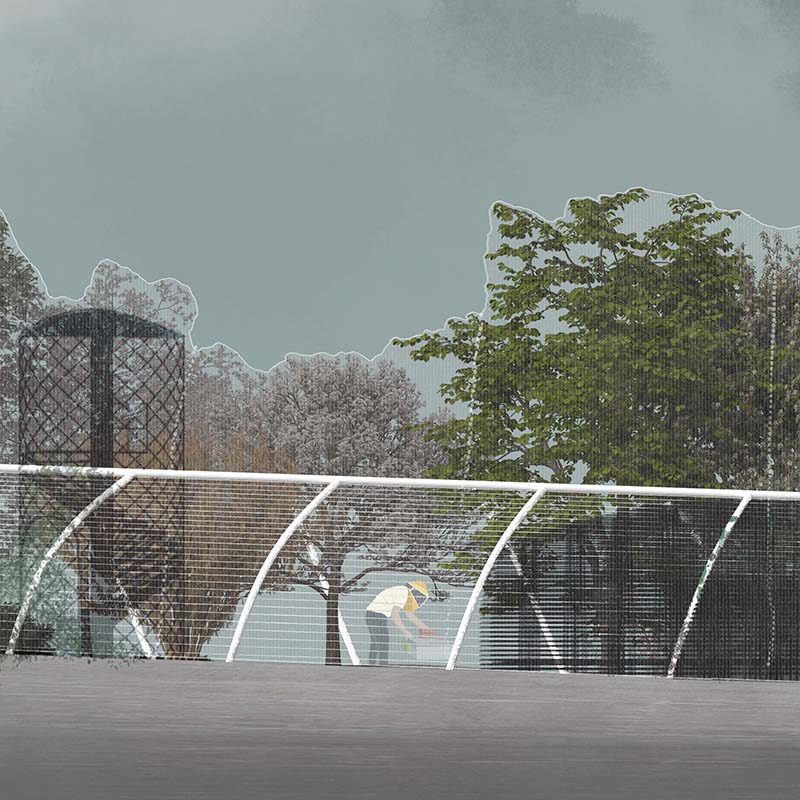

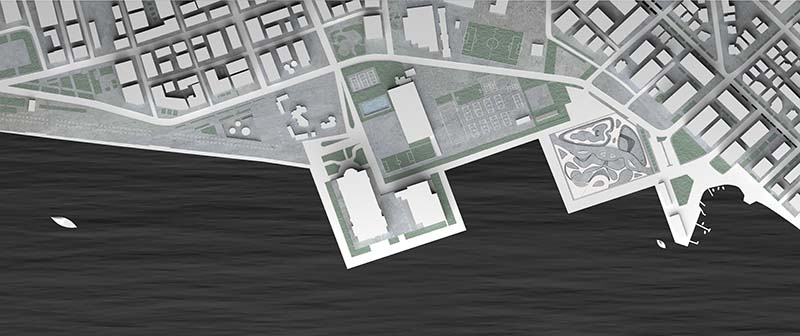

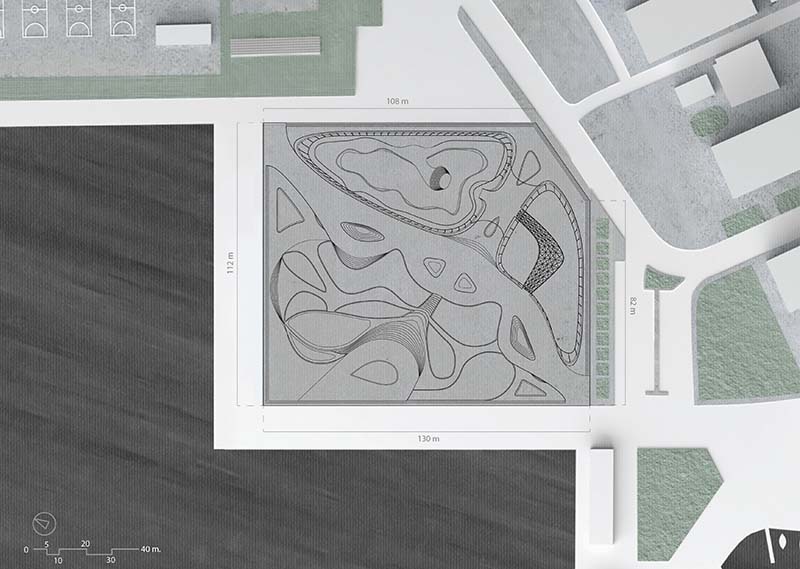





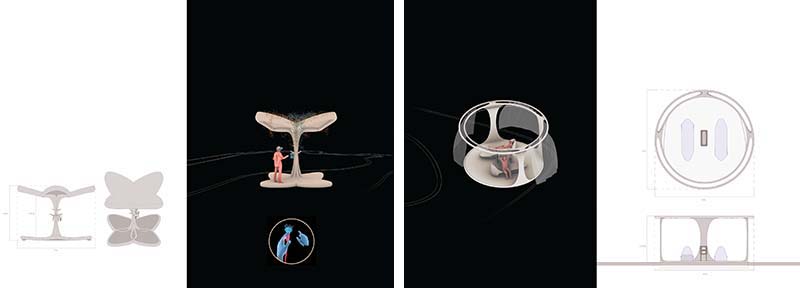

The creation of a bee garden within the urban plan would make the society of humans and bees to coexist. The purpose of this existence would be to raise awareness and inform people about the value of the small insect both for himself and for the planet. Through a specially designed route, related to the information and the value of the balance between the human species and the genus Apis Mellifera, the bees, from a simple insect that is usually a "threat" to humans, will be able to turn into a of the most important creatures to him.
The Garden of Bees is located south of Nea Paralia of Thessaloniki, on the border of the municipality of Thessaloniki and Kalamaria. The choice of the specific plot is due to its central position, as it is already a passage and continuation of the two beach fronts of the two municipalities.
The design of the Bee Garden concerns both humans and bees. The creation of specially shaped parts of the garden limit the bee to a specific part of the garden. In this way, the visitor can either be an external observer of the world of bees or enter it. Inside the Garden, a path is created along which there are specially constructed architectural structures for the purpose of informing and observing the bees.
Supervisor: Mitroulias Giorgos
Reference Number: 990
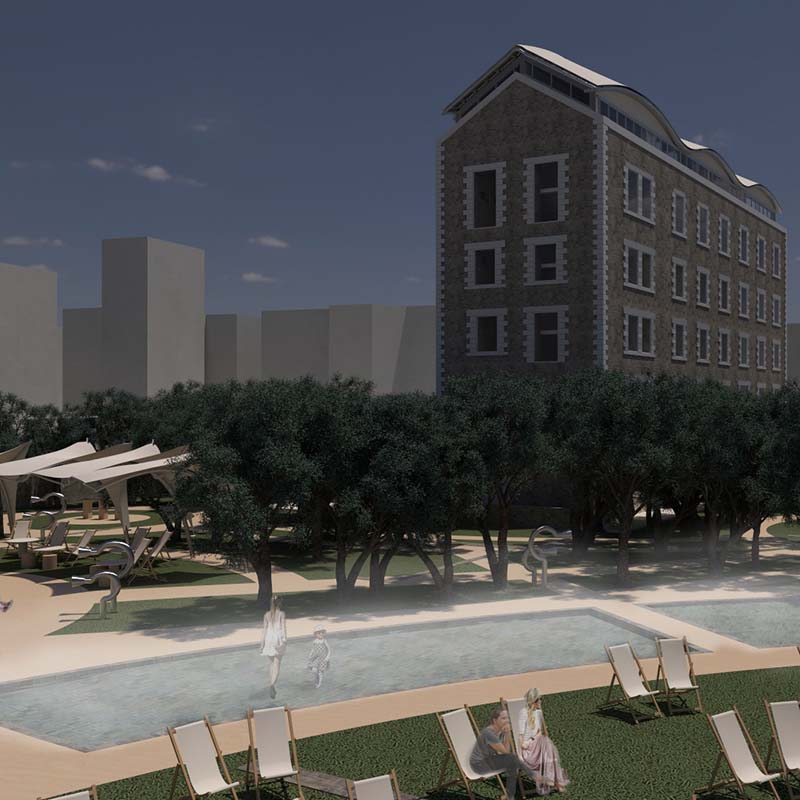

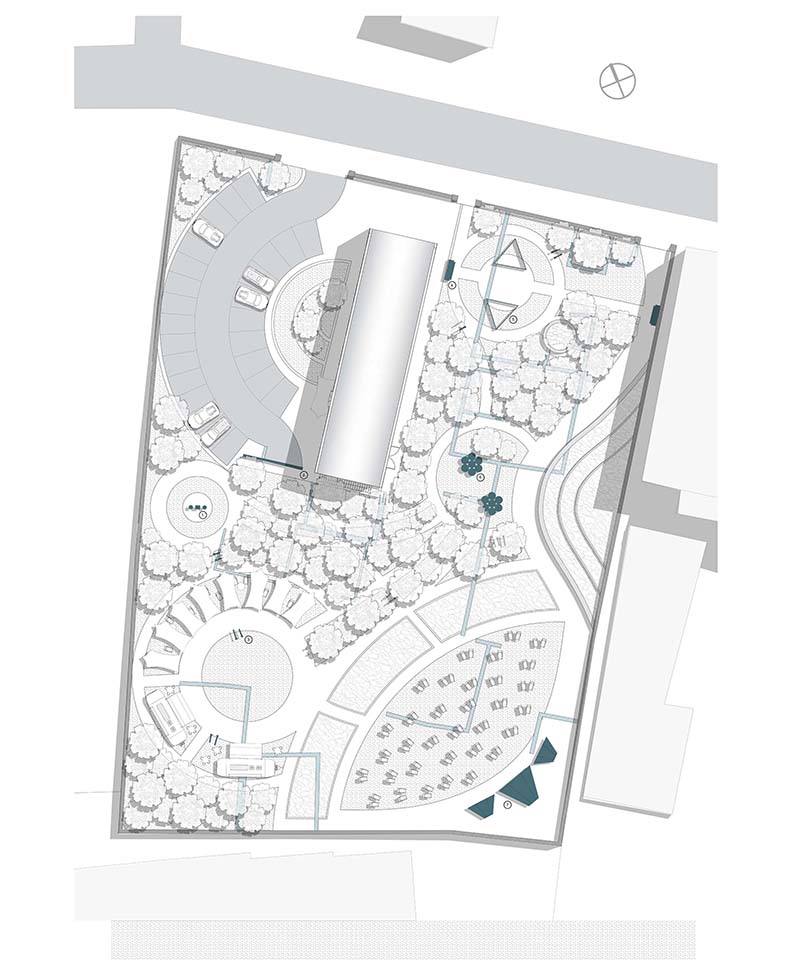

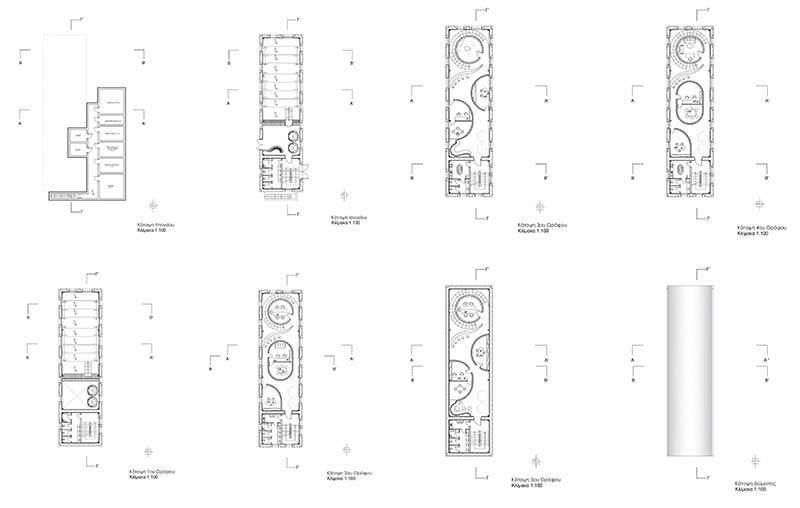



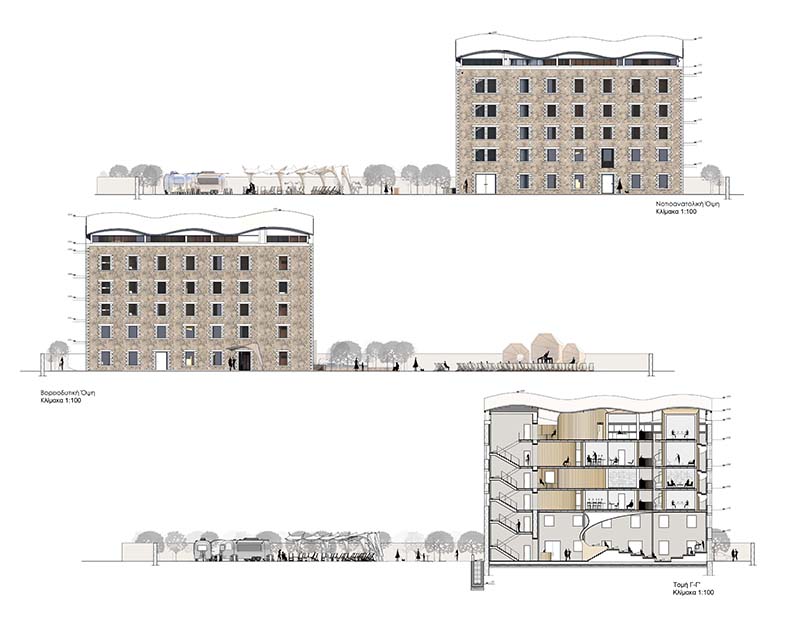

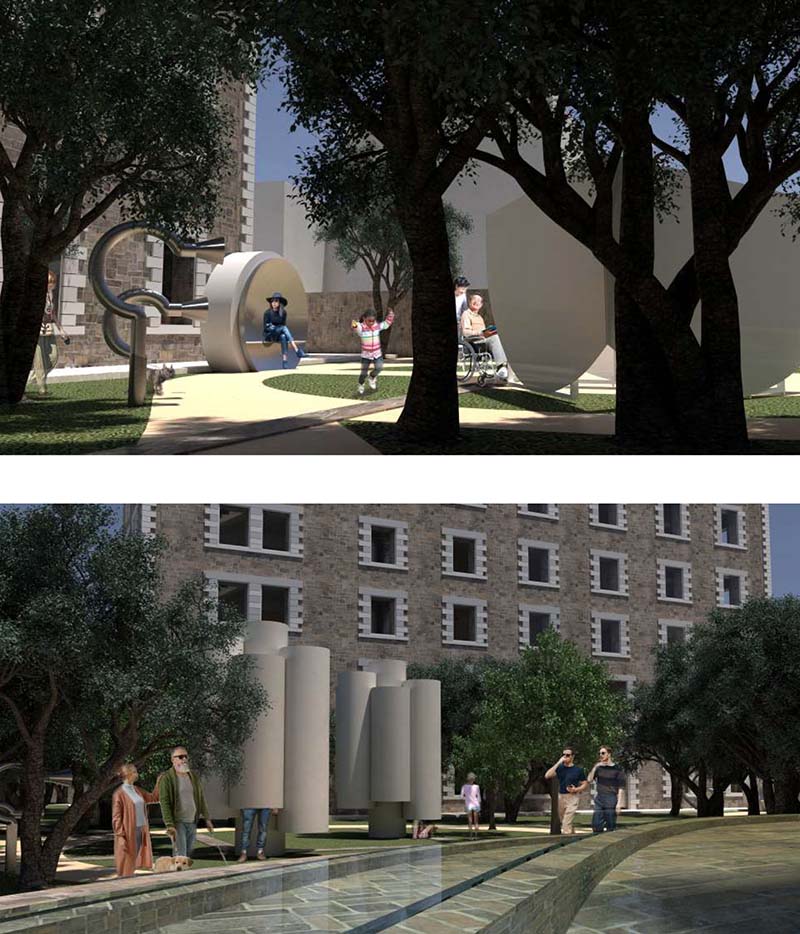

The thesis concerns the restoration of the Valtsanis Mill, located at the entrance of western Thessaloniki. It is negotiating the reuse of a historic industrial building in the city with the aim of reintegrating it and upgrading the area. The new use to be given is a house ofradio with a sonic garden, dedicated to the news practices of radio and its use for artists production and research.
The building program is divided into two zones. The first zone concerns the first two levels of the excisting stone building, where there will be an event hall open to the public. This hall can accommodate events as small music concerts but also conferences and presentations. The second zone concerns the remaining four floors of the building. These floors contain two types of radio studios, administrative offices and a tower with podcast rooms on the northwest side of the building.
The materials used for the composition combine the stone shell of the building with metal and wood.
An interactive park with paths, green spaces, water features and acoustic interactive sculptures was designed around the building. The outdoor space includes a performance and presentation space, acoustic interactive sculptures, a resting area with canteens and green space for kids to play. The water elements include a well, a fountain in the form of a waterfall and large areas of fog generation to create a pleasant microclimate.
In the northwest part of the site, there are (26) car parking spaces for the exclusive use of guests and employees of the building.
Supervisor: Remy Nicolas
Reference Number: 1020
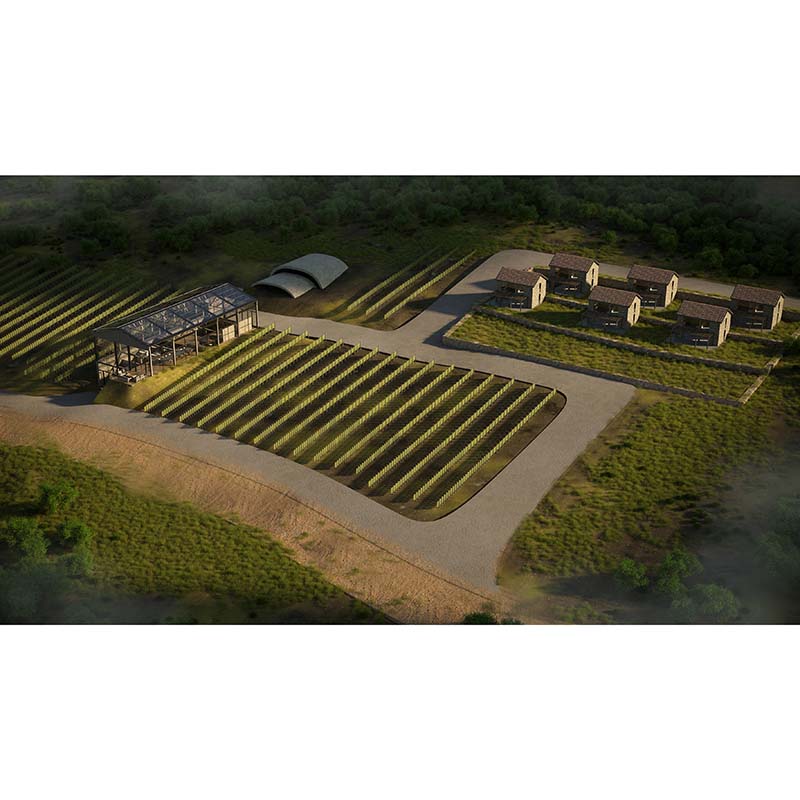

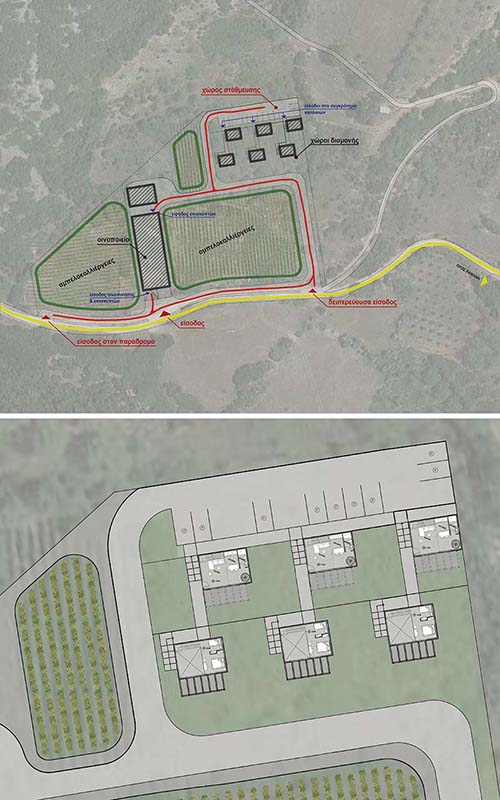

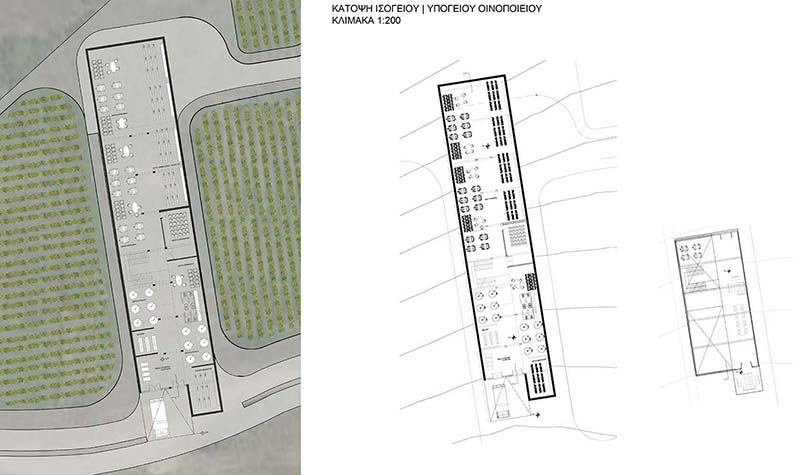

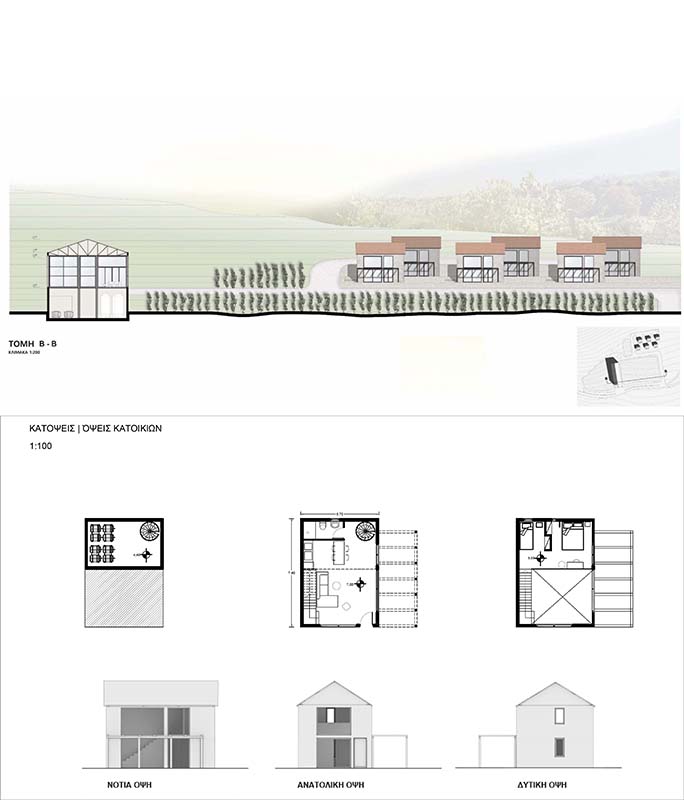

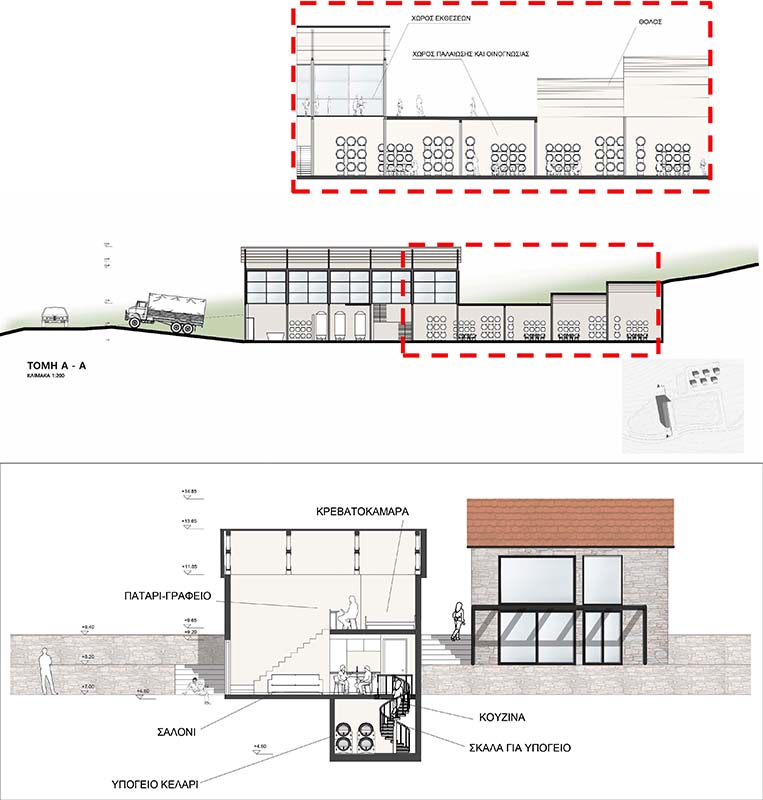



This thesis takes place in Rapsani, a small village at Mount Olympus. Viticulture is a symbol of the village as well as a PDO (Protected Designation of Origin) wine zone of Greece in which 5 wineries are active. In recent years, there has been a movement of young winegrowers, who are looking for land to rent or buy, in order to plant new vines, while a new winery is already being prepared within the PDO wine production zone. These data show that the viticultural tradition in Rapsani has a dynamic, creating new prospects for development.
The idea of designing a wine center (winery, meeting place, living space) was made on the occasion of my experiential relationship with the vineyard, the abundance of vineyard lands in the wider area as well as my need to promote the wine tradition of Rapsani.
Specifically, the proposal concerns the creation of a wine center, 1000 meters from the village, for both residents and visitors on an area of approximately 10,000 m2. On the plot the uses that are developed are divided into three thematic zones, those of the winery, visitors and accommodation. The first two are part of the same building and operates as a winery with the entire production line and as a meeting place that reproduces the local history of wine (exhibition space) and in general a gathering place for people who love wine. The third concerns the possibility of hosting guests in specially designed residences on the same plot.
Finally, our goal is to connect the visitor with the winemaking process, making it more understandable and experiential as he will be able to follow the winemaking in all its stages. Moreover, he will have the opportunity by staying in the vineyards, to move around with a set of itineraries designed and, in this way, to experience winemaking.
Supervisor: Vyzoviti Sophia
Reference Number: 986
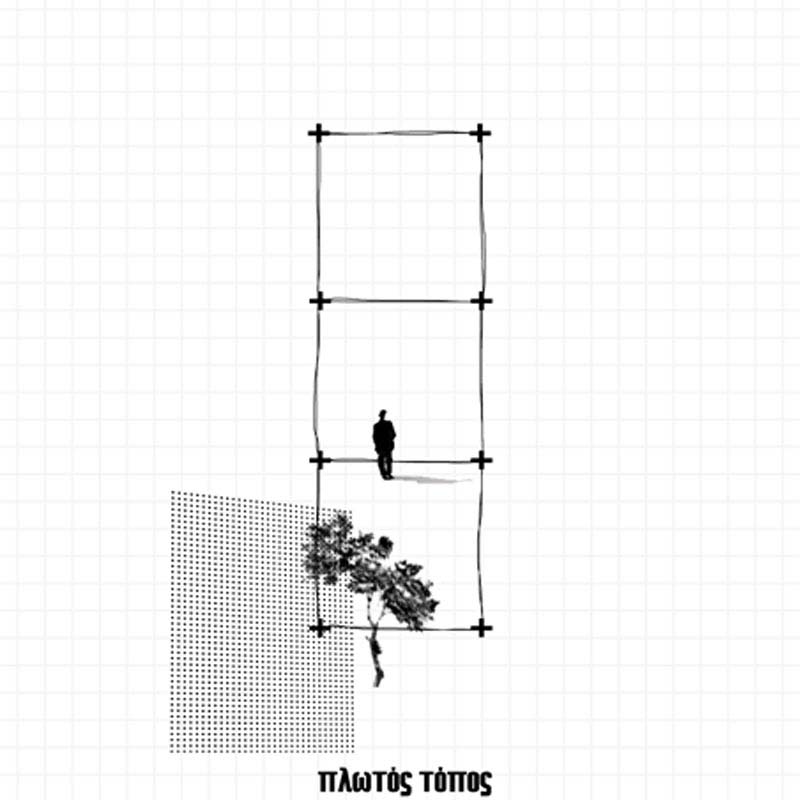

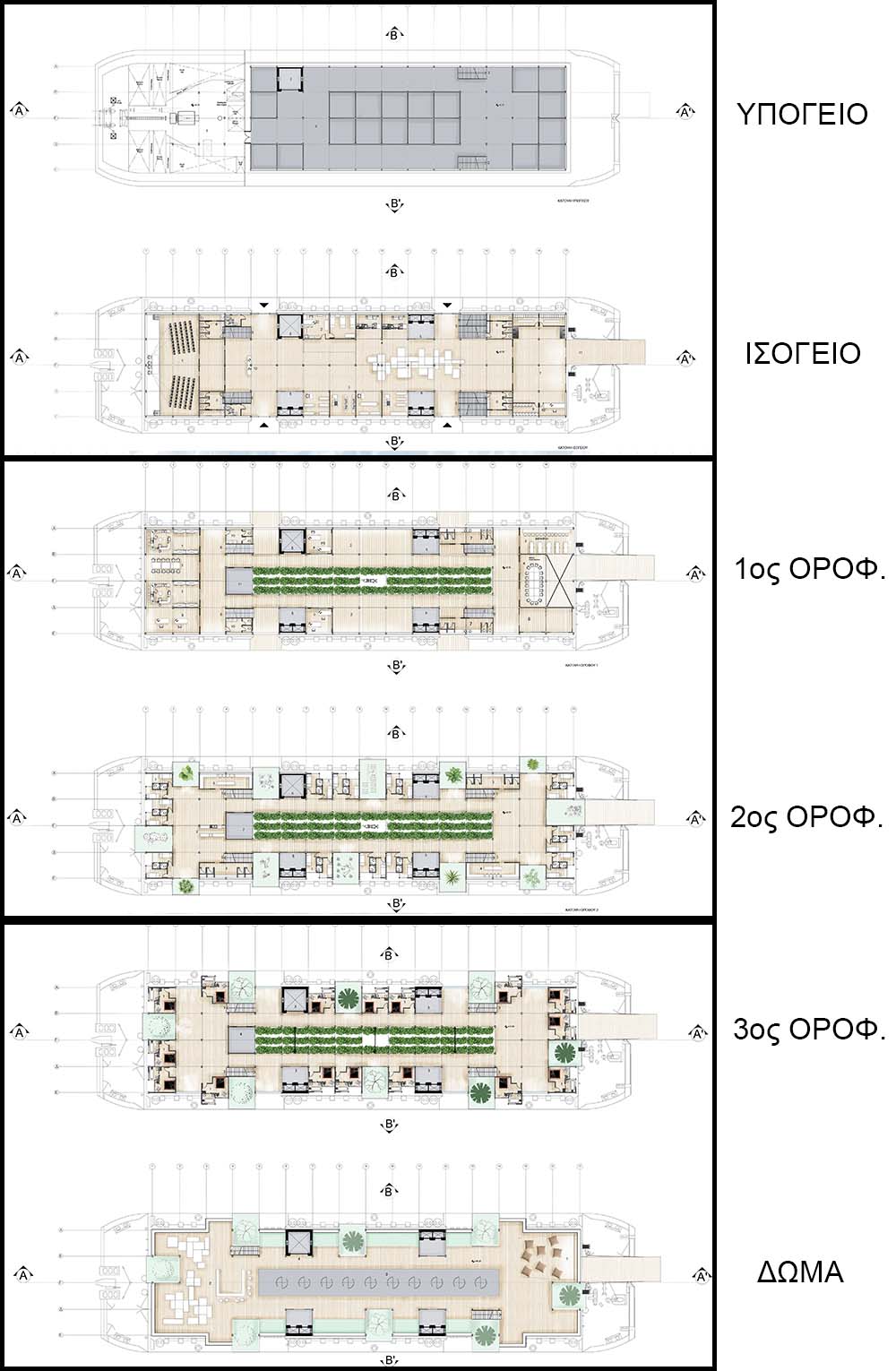

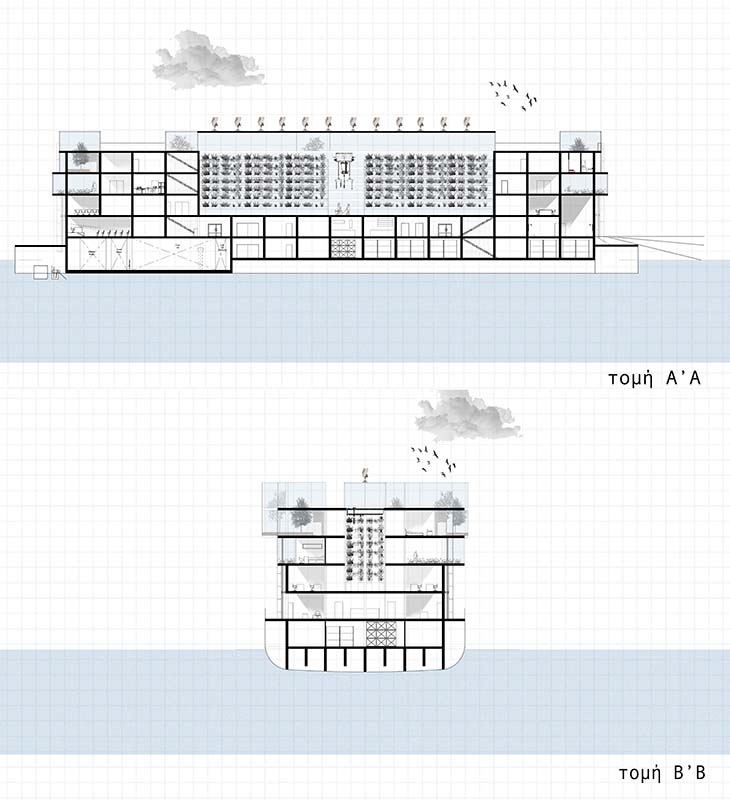

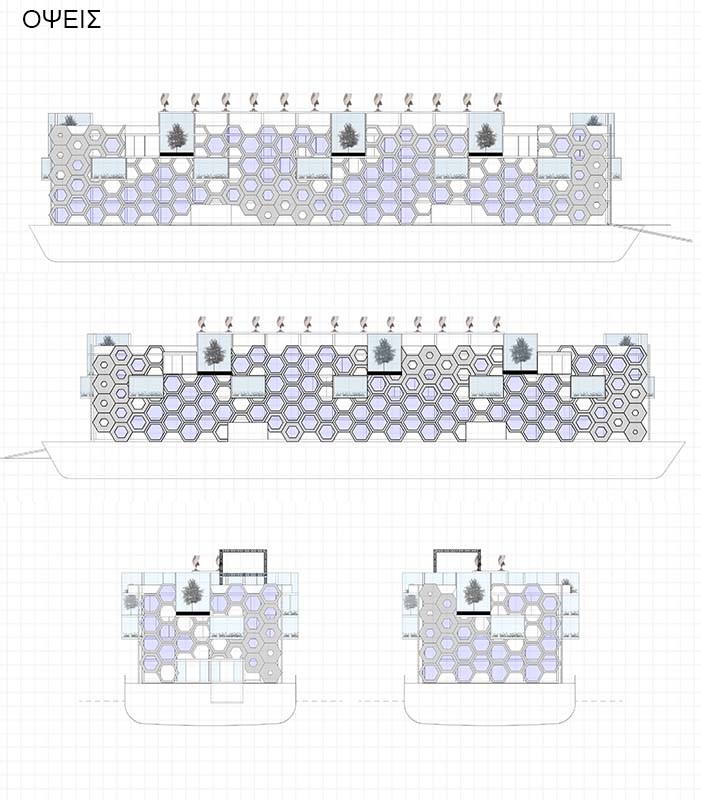



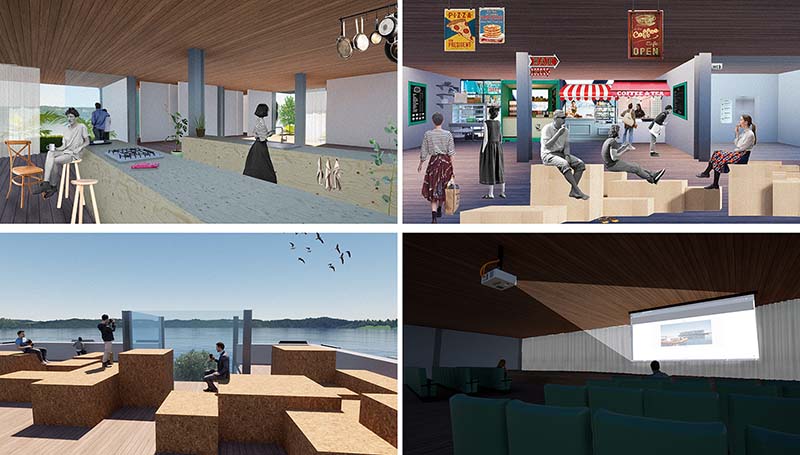

This thesis aims to complete a floating research center for the protection of the Pagasetic Gulf, energy autonomous and environmentally safe. In order to host researchers, students and visitors. The facilities it will contain, (operational program) will support the daily needs of visitors and scientists-engineers: laboratories, greenhouses, offices, conference rooms, auditorium, restaurant, library, meeting rooms, rooms. The architectural proposal describes a system of spaces that can be accessed incompatible in height and width as they are freely dispersed in multiple levels of different heights connected by stairs, ramps and corridors. The architectural space system is functionally enriched by nesting boxes of plant and tree varieties. Proposing a new condition of transparency, and ecologically significant space for life and events.
Supervisor: Stylidis Iordanis
Reference Number: 995
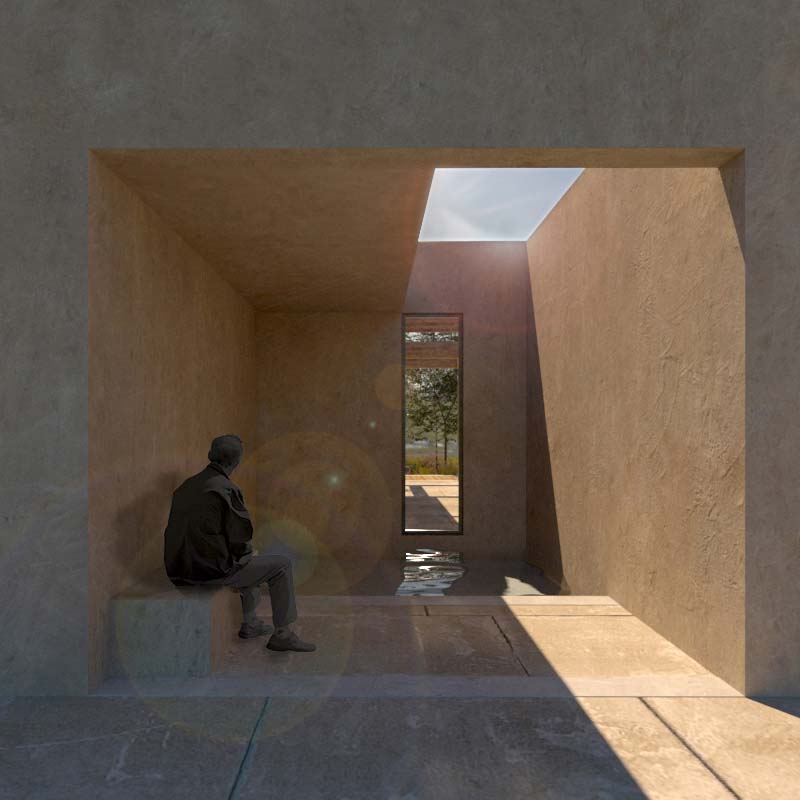

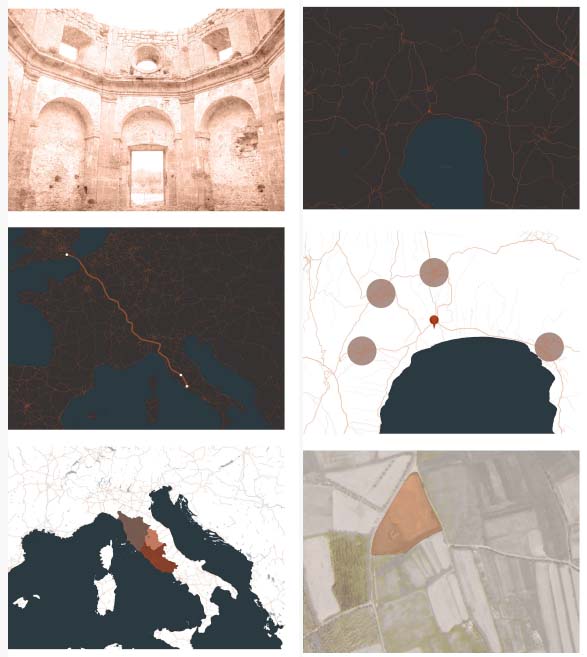

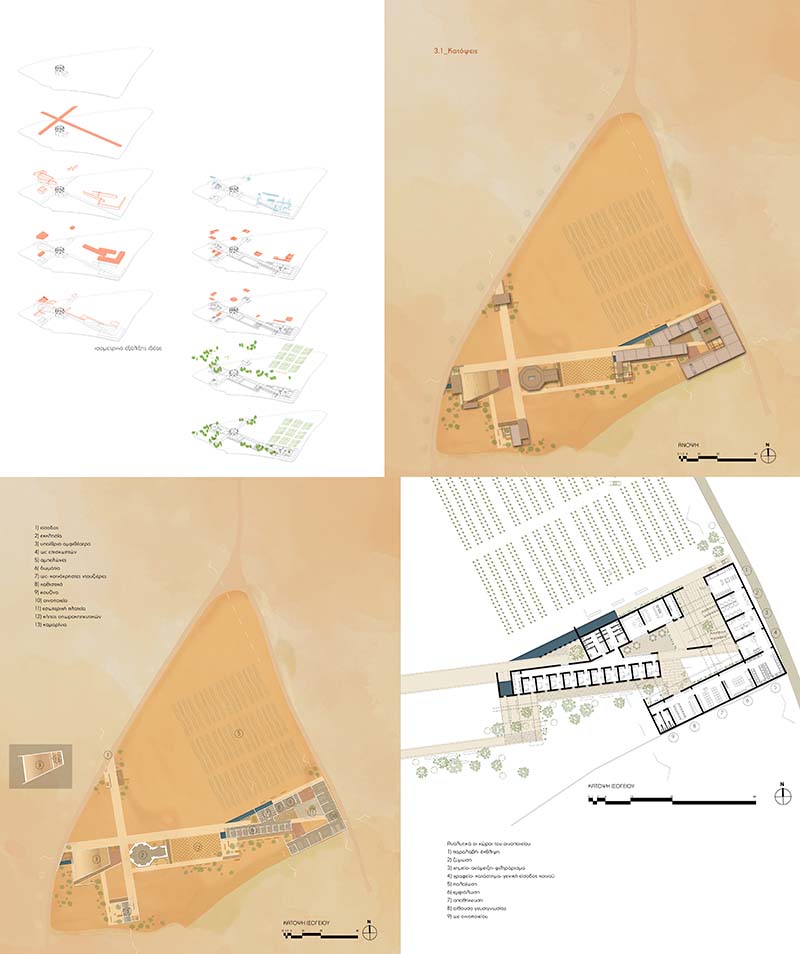

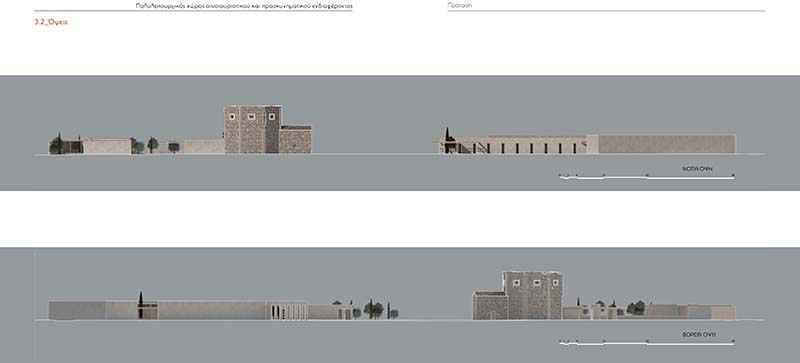

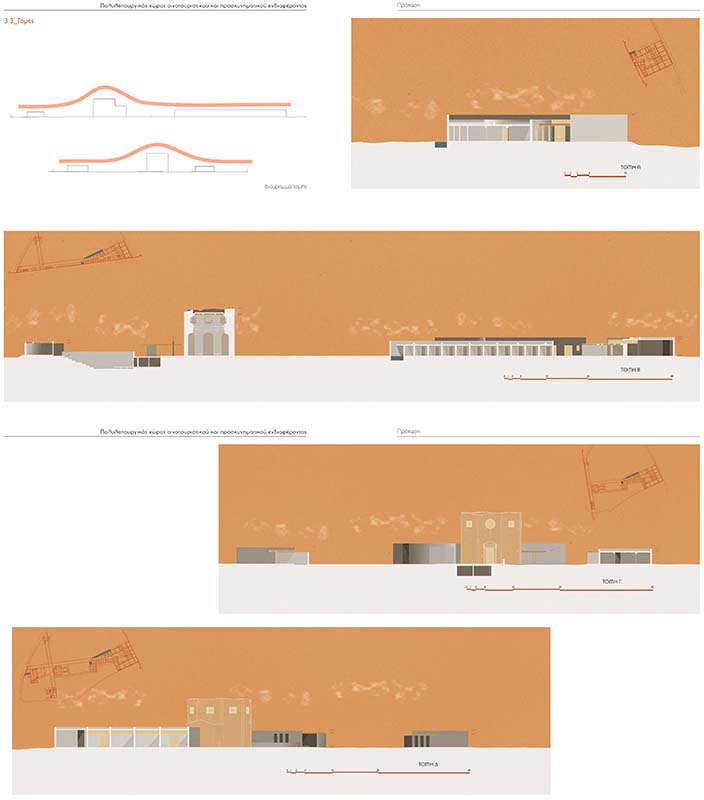

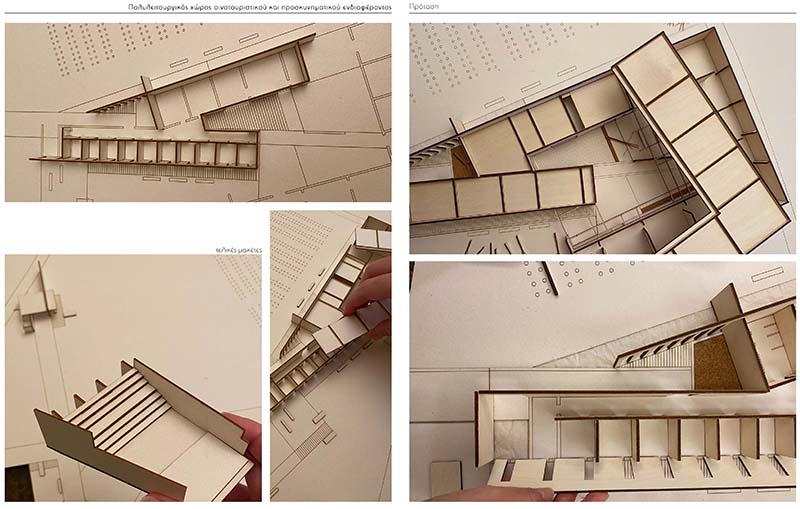

The subject of this diploma thesis is based on an attempt to combine enotourism with pilgrimage tourism. Due to natural disasters, cultural and social changes and, above all, secularization, in various areas either urban ones or not, empty religious buildings exist, that are unviable or under-functioning.
This is the reason behind why this plot was chosen for this study, as it is located in the broader region of Tuscany, specifically in the region of Lazio, and its northeast side is next to the pilgrimage route of Via Francigena. At the center of the plot, there is a ruined and almost destroyed church of the 16th century.
Therefore, in the effort to preserve the religious monument and accomplice its reuse, without this implying its absolute desacralization, a multi-purpose space, and the corresponding building program, is set up, using as its core the church of San Giovanni. The intervention is based around the new winery facilities, as well as the event and accommodation spaces. The program is enriched with indoor and outdoor gathering spaces, but also more "private" spots of introspection and meditation, which are spread throughout the plot.
The purpose of this diploma thesis is to highlight this particular religious monument, without the new building additions overshadowing it, keeping a distance from it, and affecting it, without actually "touching" it.
Supervisor: Kanarelis Theoklis
Reference Number: 1027
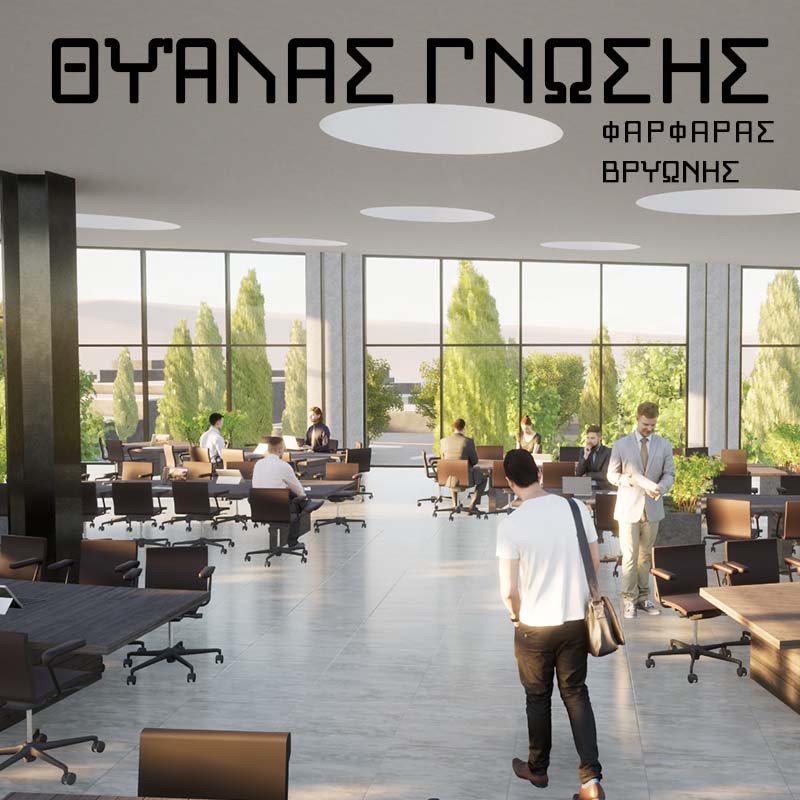

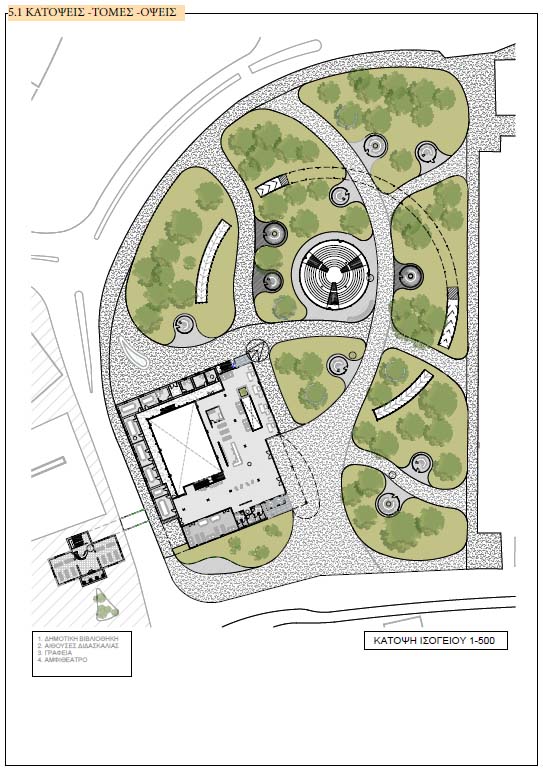



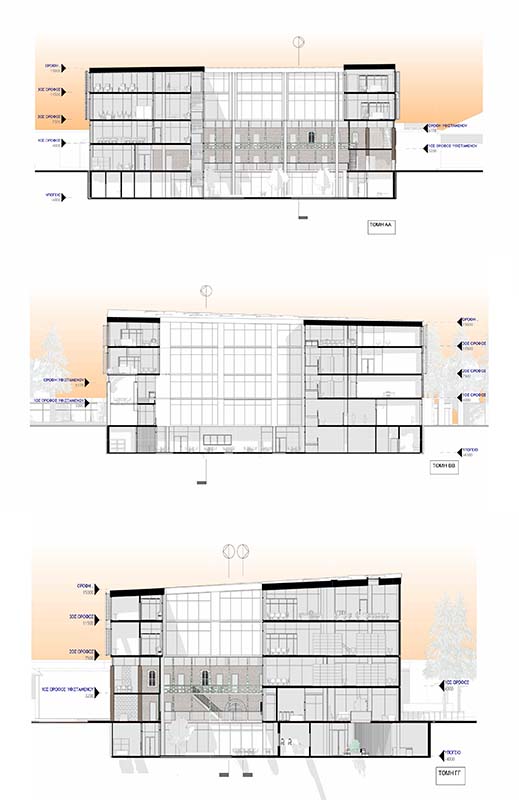

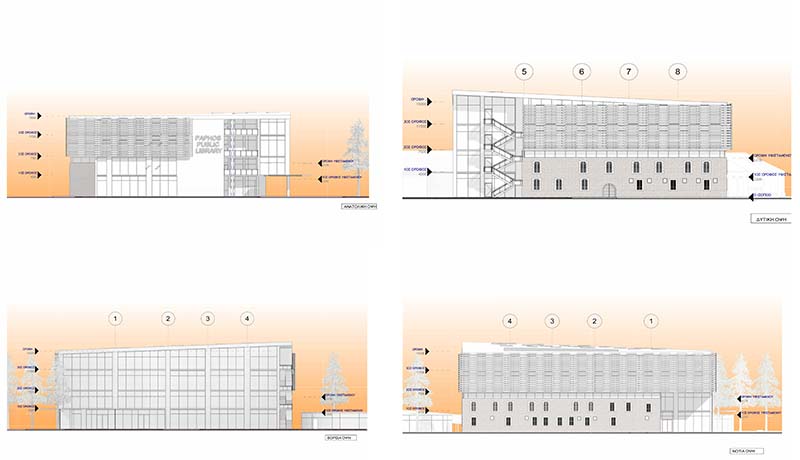



This thesis presents an integrated design proposal for a modern library located in the heart of the city of Paphos. The design incorporates the existing existing building, a former police station in the city, seamlessly combining historical preservation with modern functionality. The thesis includes the idea of building under the old building, to enhance the structural integrity of the existing building as well. The design plan connects the new library with the traditional small library that has not been in use for years, revitalizing it and creating a book lending space.
In addition, the surrounding area is being converted into a park, retaining existing trees and incorporating concrete paths to create a more intimate and inviting community space. The park features shelved benches, allowing people to share and exchange books, promoting a culture of reading and community engagement.
Inside the modern library, the ground floor houses meeting rooms, art rooms, writing rooms and a music practice room. The reception area, entrance and seating area offer a warm welcome to visitors, while a dedicated space for older people offers a vantage point to appreciate the historic buildings in the area. The first floor houses libraries with various categories of books, along with a dedicated language learning classroom. Collaboration rooms for group work and private study rooms cater to different learning preferences. The second floor has spaces for teenagers, including a special area with books, computers and comfortable seating. In addition, private study rooms provide quiet environments for focused learning. On the third floor, the main reading room offers plenty of natural light through the skylights and panoramic views of the park. The space encourages an immersive reading experience with large tables and an open environment.
The thesis highlights the diverse range of study options available in the library, including music rooms, writing rooms, conference rooms, language classes and private study spaces. It stresses the importance of catering for different age groups, including children, teenagers, older people and adults, ensuring an inclusive and attractive environment for all. The design promotes the idea of community interaction through unique circular community rooms, fostering connections and knowledge sharing between people studying similar subjects.
Overall, the contemporary library design combines historic preservation, integration of nature, diverse study options, and a sense of community, inspiring minds and providing an inviting space for learning, creativity, and intellectual growth.
Supervisors: Phokaides Petros, Kosma Anthi
Reference Number: 1028


